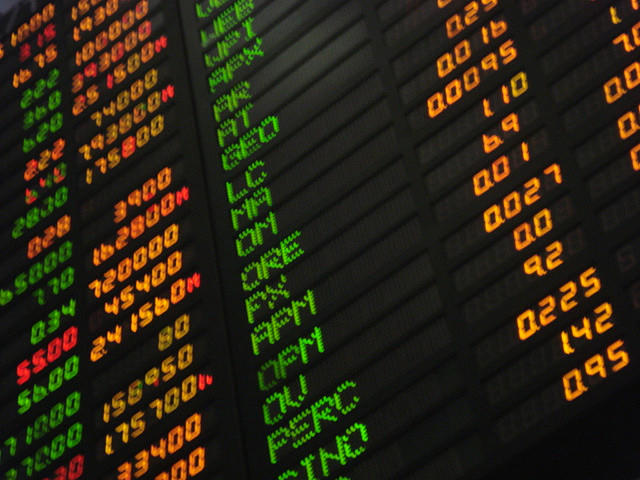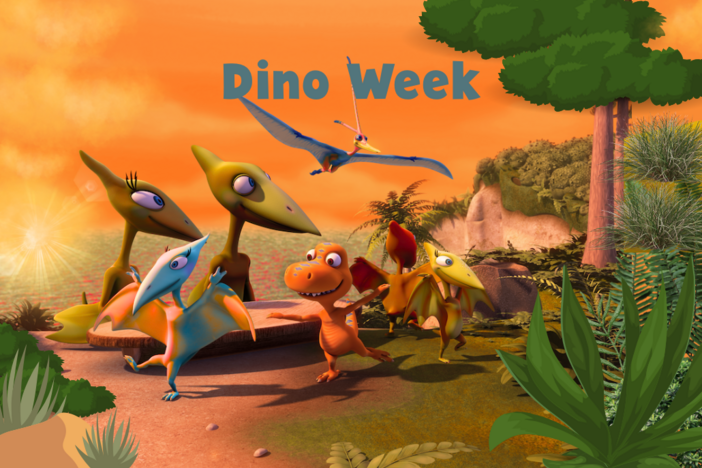
Section Branding
Header Content
Simulating A Great Econ Class
Primary Content

Teaching economics is notoriously difficult. The concepts are abstract. The understandings are self-evident but shrouded in jargon. And the real world explanations always come with caveats. Economists are sometimes compared to meteorologists as people who consistently get their predictions wrong yet are still considered academic experts. President Harry Truman famously lamented that he would do anything for a “one handed economist” because his advisors could never offer a single conclusion based on the situation, since, on the one hand… A possible solution for almost any level educator is simulation-based learning, especially in the social studies classroom. Another more approachable word for the uninitiated might be classroom experiments. Economics education has fully embraced the simulation as a great form of learning, but to some degree, only at the upper levels.
Much of the work that involves the use of simulations for economics comes from the academic community and is only accessible to the Advanced Placement instructor or college professor. It is thus no surprise that the average teacher has neither the time nor the patience to sift through stacks of scholarly articles hunting for games to play with public school students. There are, however, great places to get ideas and lessons for great economics education. The University of Bristol’s Economics Network, Econ EdLink from the Council of Economics Education, Learn Liberty through the Institute of Humane Studies at George Mason University, professor Dirk Mateer at the University of Arizona, and Crash Course Economics are all excellent resources for teachers. Some of the preceding links offer video examples of simulations, some formal academic explanations, others lessons wherein they can be conducted. Presented below is a list of some major topics and great simulations that can be formatted to fit many different learning groups and styles.
FUNDAMENTALS Among the most powerful microeconomics topics is the issue of scarcity, which underlies most understandings in the discipline as wants and needs exceed resources. Scarce chairs helps students see this phenomenon more as a musical chair-like exercise. The choices that result from scarcity are what economists love to study. To analyze decision-making further “at the margins” see how many marshmallows a student is willing to eat (buyer beware, of course). But why does anyone do anything? Incentives, obviously. For instance, is bending over to pick up a penny worth your time? Let's find out.
Beyond just individuals and profitable collections of them known as firms, governments are the actors that plague our understanding. To teach students about why taxes are necessary let them see if they’d pay up if taxes were voluntary. They won’t! Additionally, what if private property didn’t exist? A world given to no regulation might be a free for all. Allow students to go fishing with no rules and see what happens. They’ll better understand the tragedy of the commons afterwards. Additionally, to deliver the idea of how different economies operate based on the characteristics of property rights, incentives, efficiency, and growth, have students string beads together.
MICROECONOMICS And when it comes to the decisions of businesses, let students be a tennis ball factory to see which workers are most efficient. To help everyone understand why firms raise or lower prices, conduct the famous prisoner's dilemma. Students could also try to sell the instructor candy in four different market structures. Speaking of selling, seeing the elasticity of prices is devilishly tricky. Let students tell you how much they are willing to pay for something. Because bringing the forces of supply and demand into balance can be tricky if students aren’t engaged in it themselves, try an auction.
MACROECONOMICS When looking at the larger economy, things become even more opaque. Entities like banks and policy makers are shadows to students used to seeing real-world examples and results. Let students have a crack at balancing the budget to help them understand fiscal policy and watch inflation take hold as you increase the amount of money in your class’ economy. Lastly, to bring the macroeconomy back down to the individual, focus students on the gains made from trading both as a global force, but also as a local one with each other. Use any great simulations? Let us know in the comments section!






